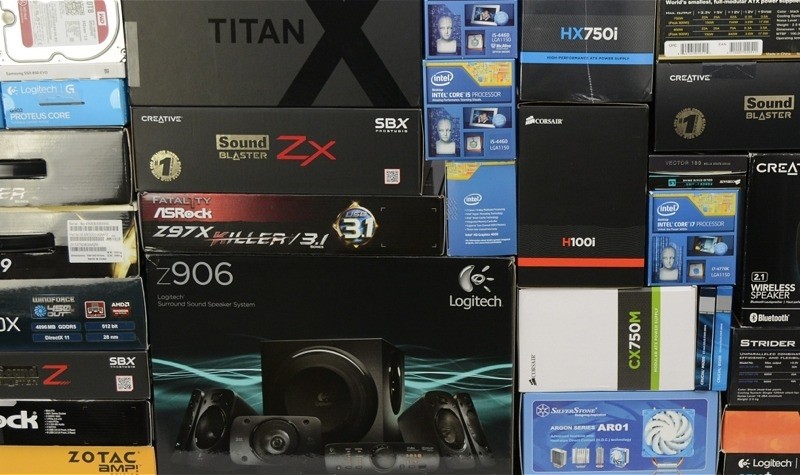For the price. My build does everything while your build can only operate applications and those applications can't be GPU dependent. Your 356 dollar build versus my 399 loses instantly and you know it. I would not spend 356 dollars to get that kind of performance. I'd rather take a Playstation 4.
Better in relation to what? Can you prove without a shadow of a doubt that 1600 beats 2133 in a real situation? Let's say we have two of the same systems. Except you swapped out the 1600 w/ the 2133. How much less difference in a response time are we talking? Not to mention you can overclock that 1600 RAM....
I would assume that the builder wants to get his money's worth. It seems like you setup that build to fall instead of putting up a real build that someone might want.
You are a bit behind the times my friend. The G3258 chokes at critical points where there is heavy CPU usage. There's a point where the efficiency can only hold up so much before it's true nature as a dual core holds it back.
You can see here @1:13
the G3258 chokes hard when he goes into the city w/ lots of NPC's and rides around. Right after that, you'll see the i3 go up against the 6300 and again, the true nature of the dual core catches up w/ the i3. The 6300 is able to maintain a high framerate while the i3 chokes in the heavily crowded areas.
Now regarding your previous tests w/ the G3258, especially w/ the games, those games were made for DC's in mind and even on a QC, core usage was still inefficient (which was bog standard at the time). For today's games, core usage is a lot better and it's a lot more evenly distributed. That's why the 6300 and 8320/50 are doing much better on today's games (such as Witcher 3, GTA V) compared to games from last year and before that. It's actually saturating those CPU's and getting closer to using all of it's power.
So let's take a look at the G3258 running Witcher 3:
You can see here it runs at a pretty smooth 30~33 fps when out in the wilderness but once the wolves start attacking, the FPS drops pretty hard in the low 20's.
Now let's take a look at the 860k
Normally out in the wilderness, FPS ranges from 50-61 and maintains that even with multiple enemy NPC's on screen at once.
So as you can see, it's short sighted (if not, disingenuous as well) to recommend a G3258 for budget gaming, especially for today's games. If you're going to have a 400 dollar budget, you might as well put that money where you'll get the most out of it.
